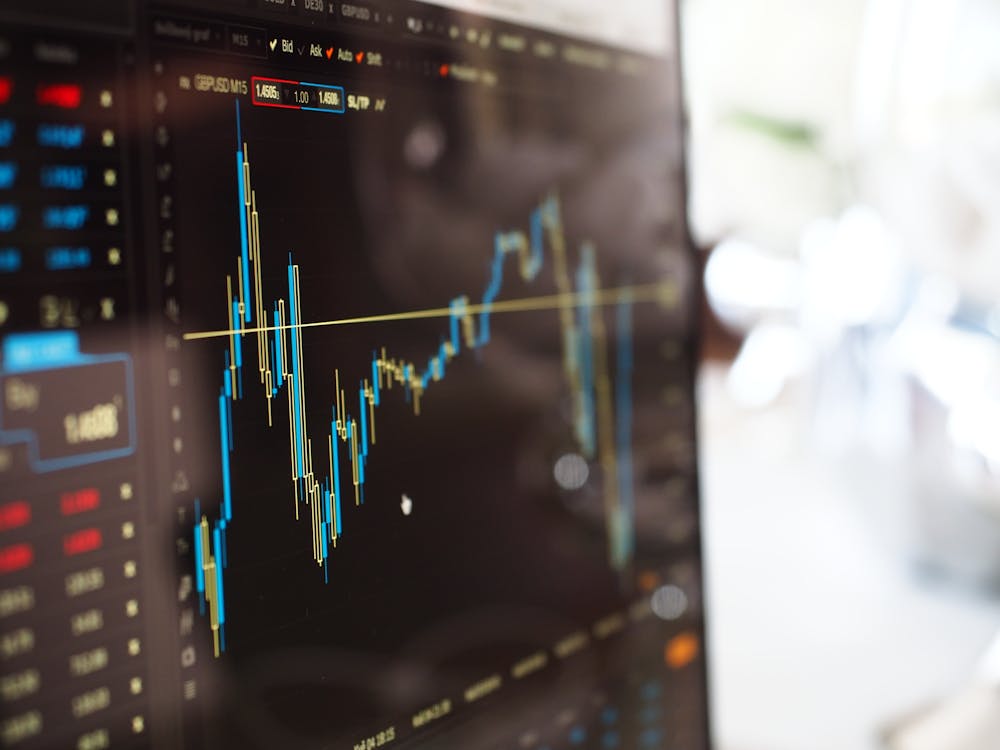How To Create A Fully Automated Trading System
Author: ChatGPT
April 02, 2023
Introduction
Creating a fully automated trading system can be a daunting task for many traders. It requires knowledge of programming, market analysis, and risk management. However, with the right guidance and resources, it is possible to create a successful automated trading system. In this blog post, I will provide an overview of the steps involved in creating an automated trading system and offer some tips on how to make it successful.
Step 1: Understand the Basics of Automated Trading Systems
Before you start building your own automated trading system, it is important to understand the basics of how they work. An automated trading system is a computer program that uses algorithms to analyze market data and make decisions about when to buy or sell securities. The program can be programmed with different strategies and parameters that determine when it should enter or exit trades.
The most important thing to understand about automated trading systems is that they are not foolproof. They are only as good as the strategies and parameters you set for them. Therefore, it is important to have a thorough understanding of market analysis and risk management before attempting to create an automated trading system.

Step 2: Choose Your Trading Platform
Once you have a basic understanding of how automated trading systems work, the next step is to choose your trading platform. There are many different platforms available for creating an automated trading system, including MetaTrader 4 (MT4), NinjaTrader 8 (NT8), TradeStation 9 (TS9), and more. Each platform has its own advantages and disadvantages so it’s important to do your research before deciding which one is best for you.

Step 3: Design Your Trading Strategy
Once you have chosen your platform, the next step is to design your trading strategy. This involves deciding what type of trades you want your system to make (e.g., long-term investments or short-term trades) as well as setting parameters such as entry/exit points, stop losses, take profits etc. It’s important to remember that no matter how sophisticated your strategy may be, there will always be some degree of risk involved in any trade so it’s important to manage this risk appropriately by setting sensible parameters for your trades.

Step 4: Backtest Your Strategy
Once you have designed your strategy, the next step is backtesting it on historical data in order to see how successful it would have been in past markets conditions. This allows you to refine your strategy before putting real money at risk in live markets conditions. Most platforms offer backtesting capabilities but if yours doesn’t then there are third-party services available that can help with this process such as QuantConnect or Quantopian.

Step 5: Implement Your Strategy
Once you have tested and refined your strategy on historical data then it’s time to implement it in live markets conditions using real money! This can be done either manually or automatically depending on which platform you are using – some platforms allow users to manually enter orders while others allow users to set up fully automated systems that will execute trades based on predetermined criteria without any manual intervention required from the user themselves!

Conclusion
Creating an automated trading system can seem like a daunting task but with the right guidance and resources anyone can do it! By following these five steps – understanding the basics of automated trading systems; choosing a suitable platform; designing a profitable strategy; backtesting; and implementing – anyone can create their own successful automated trading system! I highly recommend exploring these related articles, which will provide valuable insights and help you gain a more comprehensive understanding of the subject matter.:www.cscourses.dev/how-programming-languages-are-created.html, www.cscourses.dev/why-leverage-trading-is-bad.html, www.cscourses.dev/algorithmic-trading-risk-management.html

